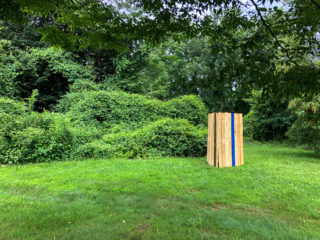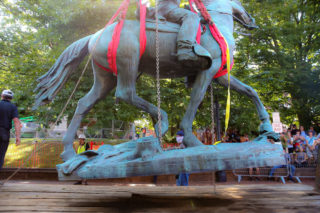
For the first time ever yesterday, a U.S. court ruled that graffiti—despite its ephemeral nature—is indeed protected under the Visual Artist Rights Act of 1990. 5Pointz developer Jerry Wolkoff has been ordered to pay $6.75 million in damages for the destruction of the graffiti landmark 5Pointz.
Yesterday the presiding judge in the case, Federal District Judge Frederick Block, upheld a civil jury’s November decision: That 5Pointz developer Jerry Wolkoff did indeed break the law when he whitewashed the graffiti mecca overnight in 2013, with no advance warning to the artists who had been painting there for decades. The whitewashed walls stood for 10 months while the developer obtained permits to raze the building—a time, which the judge says, could have been used to communicate ethically with the artists and the community who supported their work.

Judge Block’s ruling awarded the artists the maximum damages possible, saying that 45 of the dozens of ruined murals had enough artistic stature to merit being protected. (The jury had found that only 36 of the works should be protected under V.A.R.A.) The artists have been awarded $150,000 for each of the 45 works, for a total of $6.75 million.
The 51-page ruling called the 2013 whitewashing “problematic” and even “insolent,” citing it, and Wolkoff’s lack of remorse or repentance for the act, as evidence of his willful destruction of the artworks—a deciding factor for ruling in favor of awarding the maximum statutory damages.
The ruling concludes, “The shame of it all is that since 5Pointz was a prominent tourist attraction, the public would undoubtedly have thronged to say its goodbyes during those 10 months and gaze at the formidable works of aerosol art for the last time. It would have been a wonderful tribute for the artists that they richly deserved.”
“The clear message is that art protected by federal law must be cherished and not destroyed,” Eric Baum, a lawyer for the artists, told the New York Times. “With this win, the spirit of 5Pointz becomes a legacy for generations of artists to come.”




